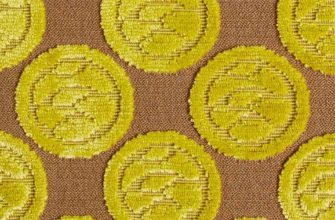An impressively decorated window can transform any space, but curtains or drapes are not suitable for every window system. In small apartments, they will steal meters of living space. In addition, they look heavy, and sometimes even interfere with the eye. For this and other reasons, tulle glued to a glass window is used as a decoration for a double-glazed window. It is for this reason that many will be interested in knowing how to glue tulle to windows with their own hands.
Selecting tulle to match the room's design
Finishing of window systems is a complex and important process. Textiles hide the view from the street, the owners of the house from the views of passers-by. However, curtains not only provide protection, but also decorate. With them, the room becomes comfortable and neat.
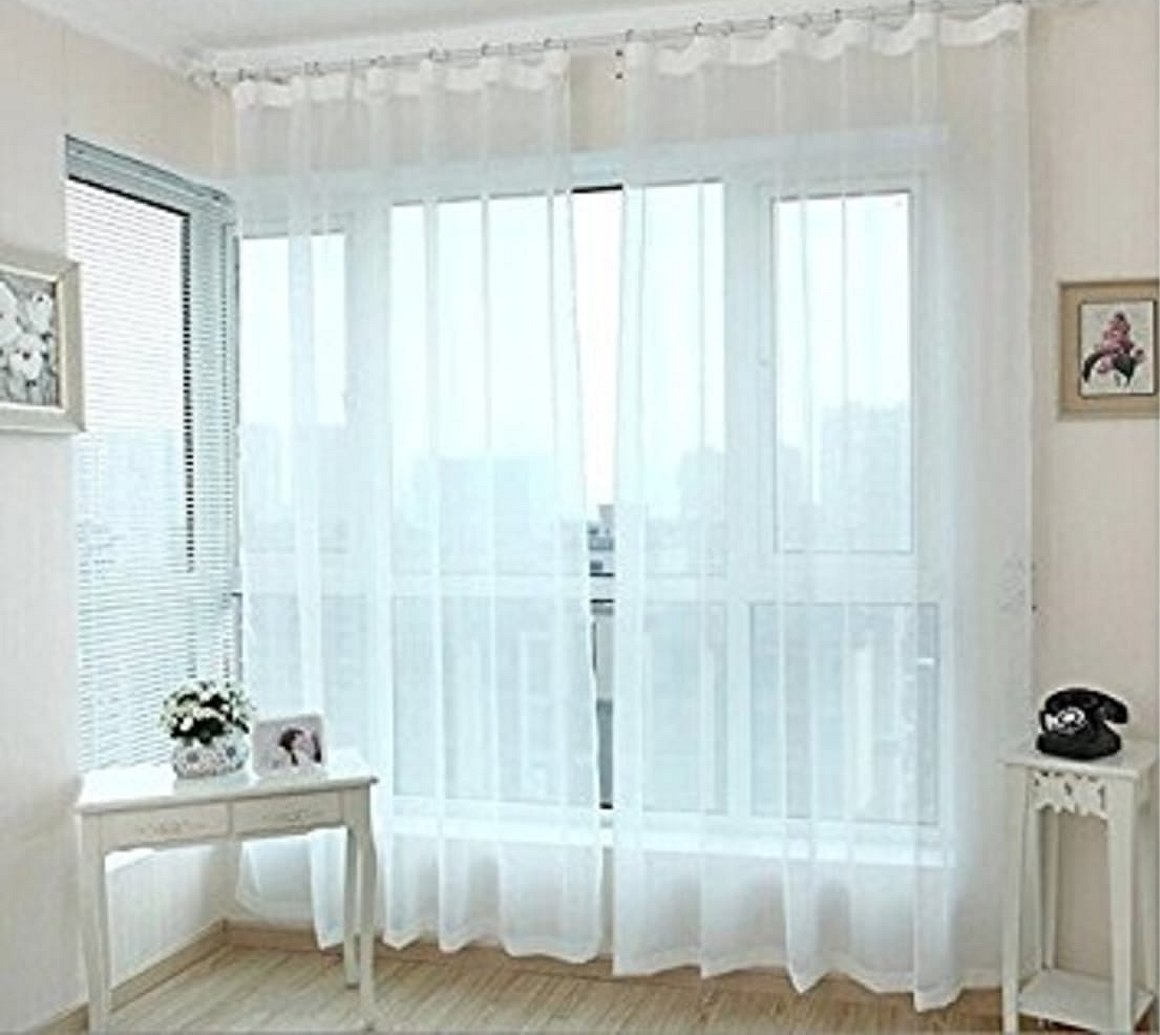
Owners of large apartments have no problem choosing curtains for decoration. Modern Roman blinds, textiles with voluminous elements or exquisite curtains are all ideal options for large rooms.
Decorating the glass unit allows you to leave the window sill uncluttered. But in small apartments, many of the usual design solutions are not suitable. Textiles will be inappropriate in tiny rooms. In decorating, they can "eat up" such important centimeters.
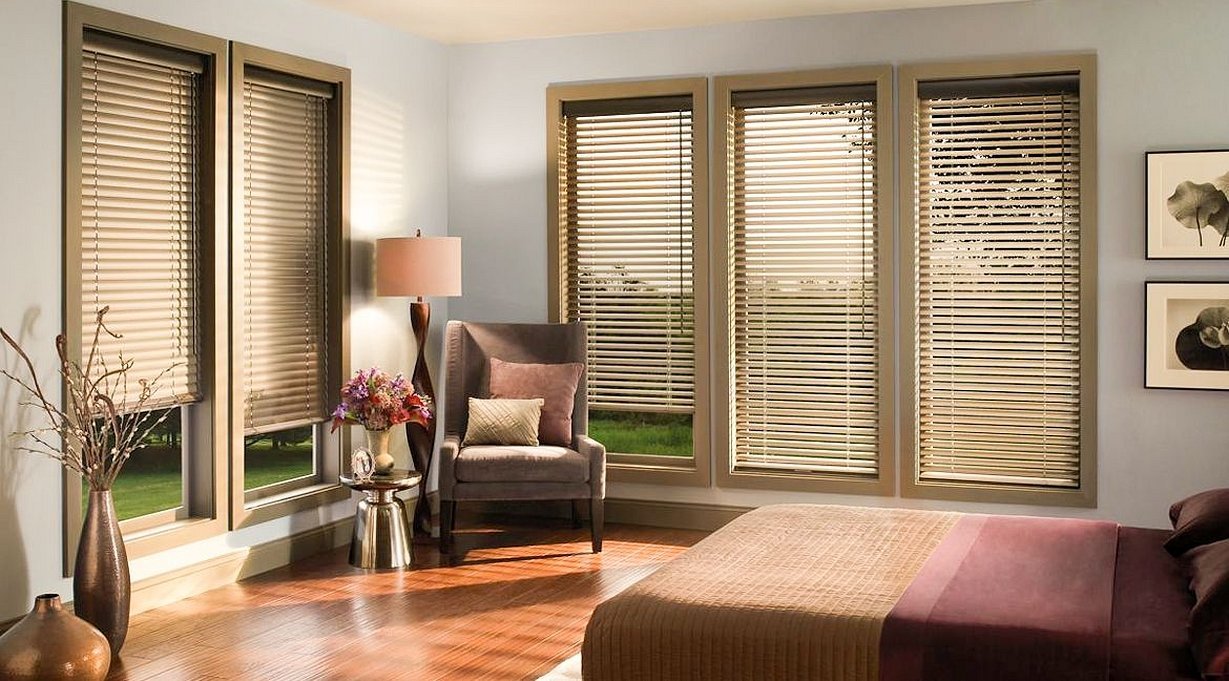
Many people choose blinds as an alternative. However, this solution also has a significant drawback: ordering, sewing and installation are expensive and take a long time to complete. This is the reason why today the most popular unique type of design is lace glass.
Please note! This type of decoration will not require large financial investments and time expenditures. You will only need a minimum supply of materials at hand and imagination. Lace windows are tulle glued to a glass surface.
This decor has the following advantages:
- Extremely easy pasting. Even a beginner can paste the prepared tulle.
- Minimum of tools. Scissors, a sewing tape measure and a ruler - all that is needed to glue the glass unit.
- Economy. No need to buy textiles, expensive curtains. Any openwork cut, curtain remnants will do for decoration. The main thing is that the material is of high quality and beautiful.
- Aesthetics. Interesting patterns on tulle will make the interior original. When the sun shines through the picturesque and delicate texture, you can see incredible delicate highlights on the walls. How transparent the glass will be depends on the density of the selected material.
- Another advantage is that no additional structures are required for finishing, and the result will 100% delight all connoisseurs of creativity.
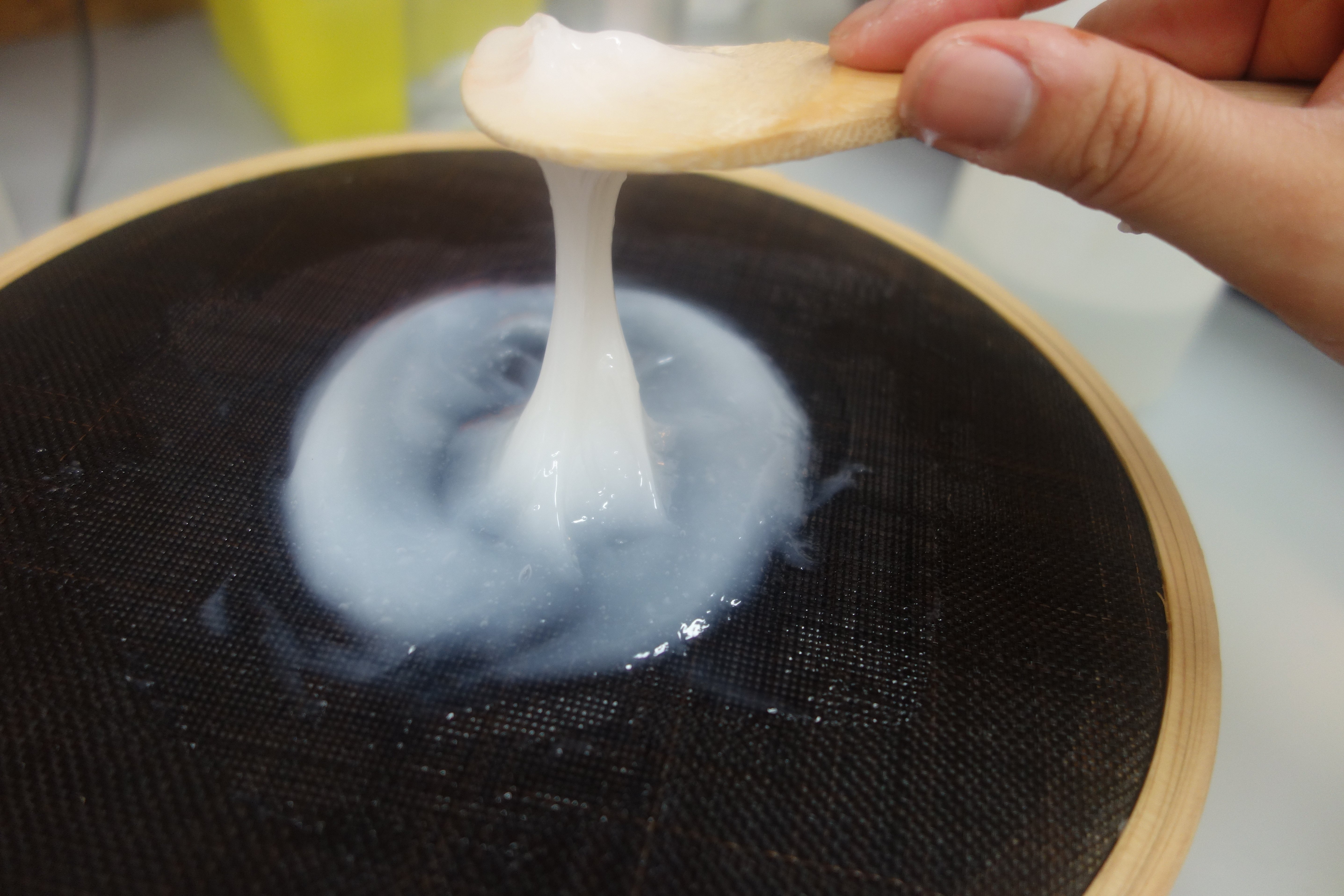
Before gluing tulle to glass using starch glue, you should decide on the material that will be used. You can choose one of the following options:
- Tulle with lace. It is better to choose a new cut with light lace elements. Heavy fabrics cannot be used. They will not “stand” for long on eco-friendly glue.
- Tulle web. This is a beautiful weave of silk and synthetics. Quite a light material, but strong. It will create a spectacular exterior as thin patterns like New Year's snowflakes.
- Lace. For designer decoration, machine-knitted lace elements are suitable: openwork and guipure. Hand-made items cannot be taken. They are very dense, it will be difficult to attach them to glass. In addition, they are expensive.
- Vintage in window decor. Fabrics from bins are perfect for the design. If they are not worn out, not dirty, then they can be safely used to create lace on the windows. This is a suitable solution for the retro style.
Please note! Tulle on glass, glued to starch in the kitchen or another room, is perfect for Provence, country, eco and any modern mixed designs.
Essential Materials and Pro Tips
To glue tulle to glass using starch, you need to prepare the materials.
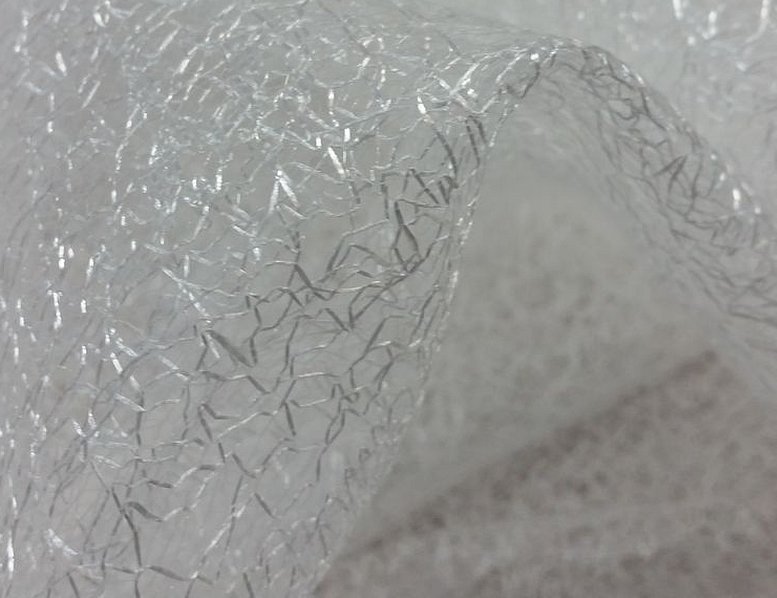
For decoration you will need:
- lace material;
- wide glue brush;
- sharp scissors;
- centimeter sewing tape;
- potato starch;
- water.
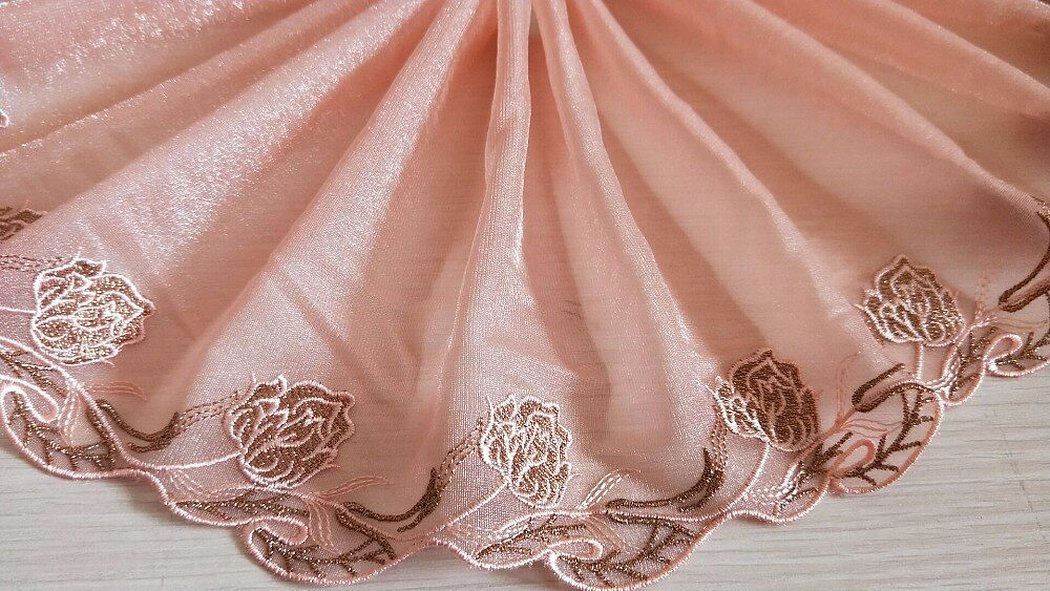
Before gluing tulle to a glass surface with starch, you should listen to the recommendations:
- Most housewives, in order not to prepare the adhesive composition, buy store-bought. This is wrong. The use of synthetics leads to yellowing from the sun, an unpleasant odor will also be released, and it will be difficult to remove the tulle.
- When preparing the glue, you need to get a creamy consistency, otherwise a very liquid paste or, on the contrary, a very thick one will complicate the gluing process.
- It is recommended to use starch with high whiteness, which will prevent the formation of yellowness.
- When selecting material, avoid stains and ends with threads.
Step-by-step instructions on how to glue tulle to a window
When starting work, you should read the instructions for window decoration and then follow the procedure.
Please note! It is necessary to measure the length and width of each glass in the double-glazed window, cut the material into pieces of suitable size, check the correctness of the sizes, and only then prepare the glue.
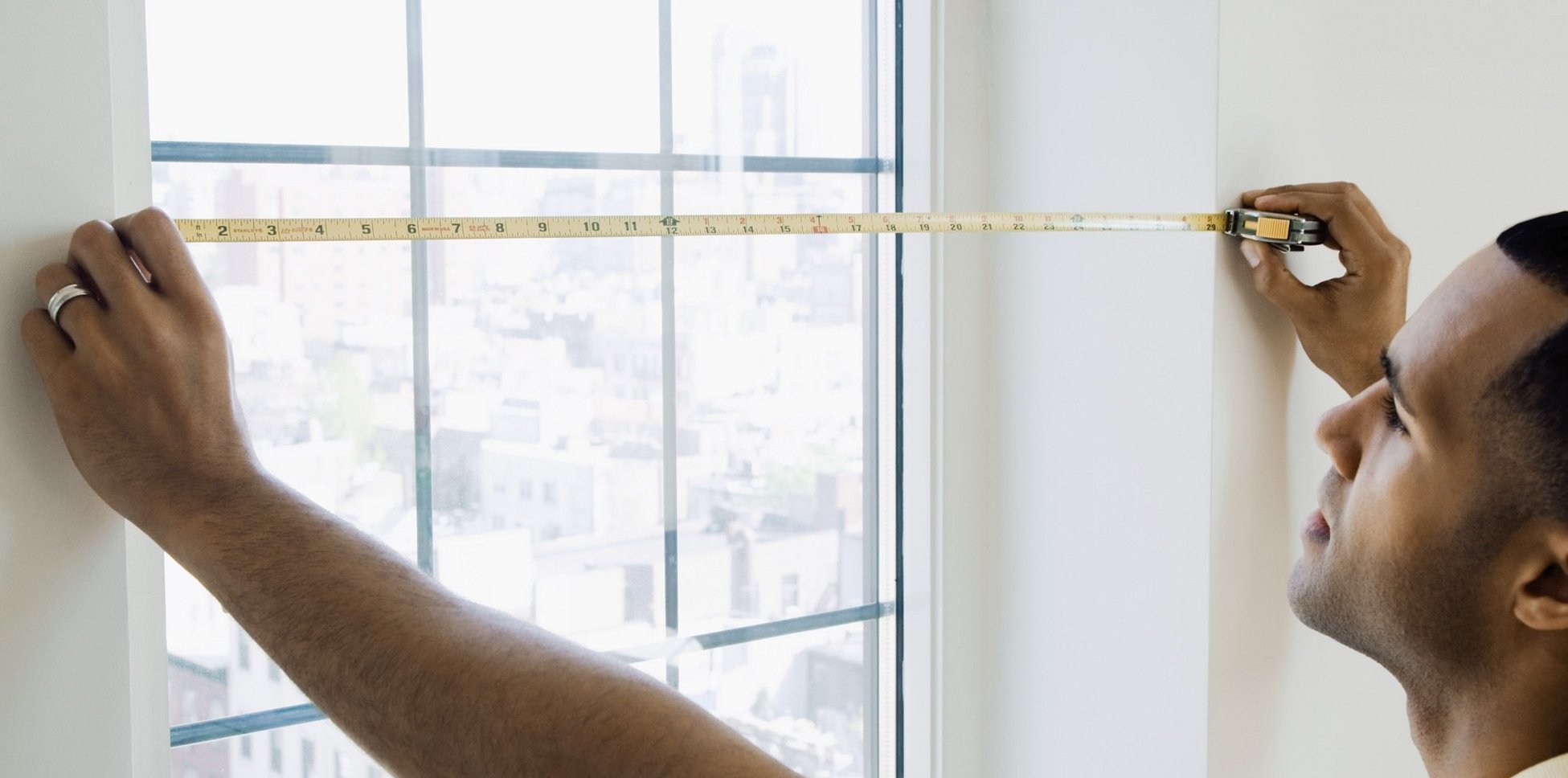
Important! The gluing work should be carried out in household rubber gloves. Then you can completely immerse the material in the adhesive mixture, carefully straighten it on the glass unit, and contact with hot water and glue will not harm the skin.
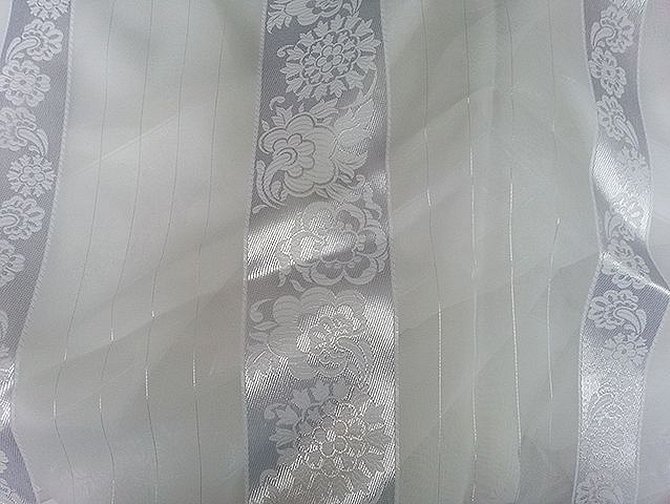
The work will be done as follows:
- You need to take some lace tulle. When choosing, the main thing is to avoid stains and ends with threads.
- Prepare the material. When transferring the dimensions to the fabric, it is important to take into account the presence of allowances of approximately 0.5 cm on each side (this will allow you not to stretch the tulle soaked in starch glue).
- Cut the tulle. It is important to check the correctness of the cut fabric by placing it on the finishing place. Measure the place where you plan to glue the tulle with a centimeter and transfer the measurements to the selected material. You can apply them to a pattern (paper), cut them out, apply them to the glass surface and check how suitable the sizes are, and then place them on the tulle and confidently cut as much as necessary.
- Prepare starch-based glue. For this, you need 1 liter of water and about 2 tablespoons of starch, it can be either potato or corn. First, the starch is mixed with a small amount of cold liquid until smooth, then the remaining water, previously brought to a boil, is poured in. The resulting mixture must be mixed well and cooled. High-quality glue is ready.
- Wash the glass. It is very easy to glue the tulle, but before that you should thoroughly wash the area where the fabric will be glued. The glass should be cleaned and thoroughly wiped with alcohol.
- Apply the adhesive. Using a paintbrush, carefully spread it onto the glass.
- Glue the tulle. The pieces should be applied to the glass surface carefully, spreading the material over the entire glass of each transom.
- Another layer of adhesive is applied over the tulle. Then everything should dry well. Do not apply the adhesive to the entire glass at once, work on each window separately so that the first layer of adhesive does not have time to dry.
- The finished result. By gluing the material to the glass, you can decorate the glass, as well as the entire apartment as a whole. Lace with the same pattern as on the windows looks stylish on transparent inserts in the door structure, furniture or other interior items.
Please note! If you don't have any starch at home, you can glue the fabric using standard laundry soap. The tulle needs to be wetted and then washed well. This type of gluing is strong, and removing the lace with water is much easier in this situation.
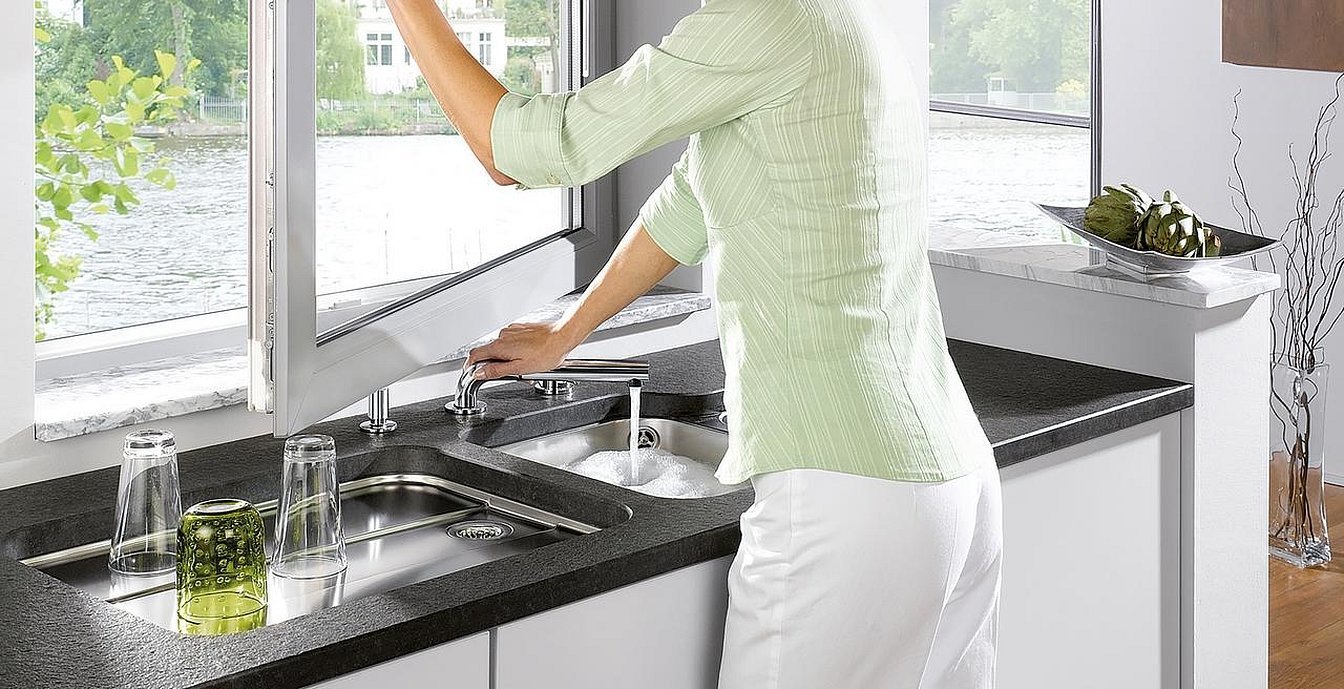
You can attach tulle in another way.
Please note! The method involves completely immersing the tulle in the adhesive. The advantage of the method is the speed of work.
To glue the blank, take a deep container and pour starch or corn-based glue into it. Before soaking in glue, rinse the material in warm water. Dip one piece at a time into the glue, making sure that all the edges of the tulle are immersed in the composition.
In this form, the tulle should be left for a couple of minutes so that the fabric is “saturated” with the mixture. Next, you need to take out the cut and squeeze it slightly. Excess glue should flow off. After this, you need to straighten the cut and glue it to the glass, carefully straighten it and make sure that there are no folds on the fabric. They are smoothed from the top to the bottom until the tulle dries. Then you just have to wait until the glue dries. The openwork decor is complete.
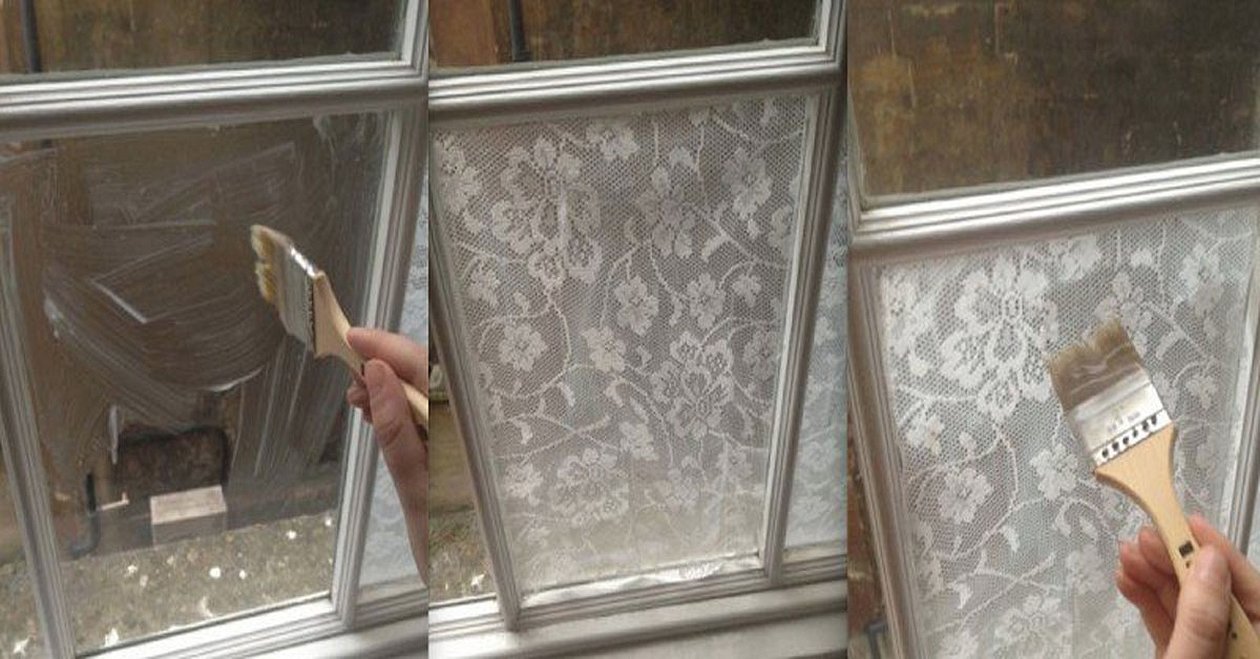
Lace on glass is in demand not only because of its originality, but also because it is easy to maintain. In addition, it shades, becoming a real protection from the sun. In addition, it can protect household members from prying eyes from the street. Everything is done simply, and the result will exceed expectations.



